For the better part of two decades, Mariano Rivera set the standard not just for closing games, but for dominating with one pitch. The Yankees famously rode Rivera¡¯s signature cutter to five World Series titles; Rivera rode it to 652 saves and, eventually, to Cooperstown. Few pitchers in history enjoyed even a fraction of that success with just a single pitch in their arsenal.
Admittedly, that¡¯s essentially where the comparisons between Rivera and Orioles closer César Valdez begin and end. A 36-year-old journeyman with 38 big league appearances, Valdez is not headed to the Hall of Fame. But he is emerging as an elite closer (an American League-best five saves and an 0.84 ERA entering Tuesday), and he's doing so in Rivera-like fashion: with one pitch.
It¡¯s not a cutter. It¡¯s a Bugs Bunny changeup called the "Dead Fish."
¡°The first time we faced him, the hitters were like, 'This is not your typical changeup,¡¯¡± Red Sox hitting coach Tim Hyers told FanGraphs. ¡°It¡¯s almost like a unique curveball, because it gets to home plate and just dives. And at times, it can dive both ways; it can break in or break out. The guys have probably talked about him more than anybody else so far this season.¡±
Valdez throws his changeup a whopping 81.3% of the time (per Statcast), easily more than any other pitcher in baseball. And it comes in super slow, ranging between 76-80 mph. Since returning to the big leagues last August after several years in the Mexican League, Valdez has thrown 339 pitches. None registered harder than 87.4 mph.
Yet he¡¯s pitched to a 1.08 ERA across 25 innings in that span, striking out 23 against just four walks and not allowing a single home run. How? The answer: The ¡°Dead Fish¡± is only one pitch on paper.
¡°I think it¡¯s all the same changeup,¡± Valdez said through Orioles translator Ram¨®n Alarc¨®n. ¡°I think what changes is the angle of my arm and my hands.¡±
Said O¡¯s catcher Pedro Severino: ¡°It¡¯s not a normal changeup. I call it a slider-changeup, because I don¡¯t know where it¡¯s going.¡±
So ¡ what is it? A changeup? A curveball? A slider? All three, or something different? Yes, and also no. Digging into Valdez¡¯s underlying metrics, we found he can manipulate The Dead Fish to function like at least five to six different pitches by alternating arm angles and grips.
This ability makes him a unicorn in the era of high velocity, a relief weapon singular in the sport. And it explains how he¡¯s vexing batters despite living almost exclusively below the hitting speed.
See for yourself:
The different release points
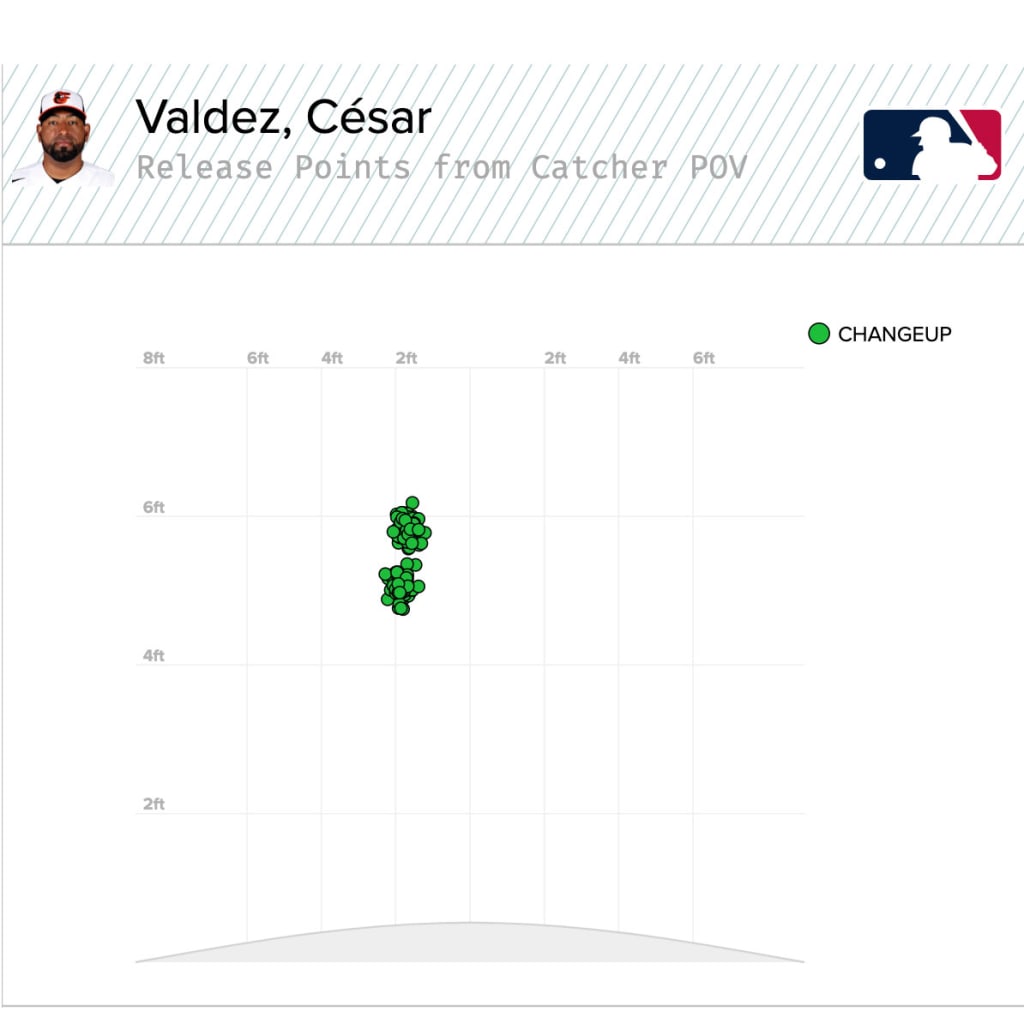
Three-quarters: Forty-five percent of the time, Valdez throws from a fairly traditional three-quarters arm angle, releasing the pitch from 5.5 feet to 6 feet off the ground. These changeups tend to be harder, averaging 78.5 mph and 1,781 rpm, and get 10.4 inches of horizontal movement on average. That gives them more of a ¡°slider¡± look -- but they arrive 6 mph softer than the average MLB reliever¡¯s slider (84.2 mph).
Opponents are hitting just .167 against these, with 36.7% whiff and 36.4% chase rates. Both rank as above-league-average rates.
Video example (5.75 ft): Watch

Sidearm: Fifty-five percent of the time, Valdez dips down and slings The Dead Fish from a sidearm position between 5.5 and 4.5 feet from the ground. This creates a completely different look for a hitter and Valdez can do it at will, often switching several times within single at-bats. His sidearm changeups tend to be slower (77.5 mph average) and get more vertical movement, dropping 7.7 inches on average.
Hitters fare better against them when left in the zone (.214 BA, 19.4% whiff rate), but far worse when they aren't (42% chase rate). This is how Valdez throws when he wants hitters to go fishing for The Dead Fish.
Video example (vertical release 4.86 ft): Watch
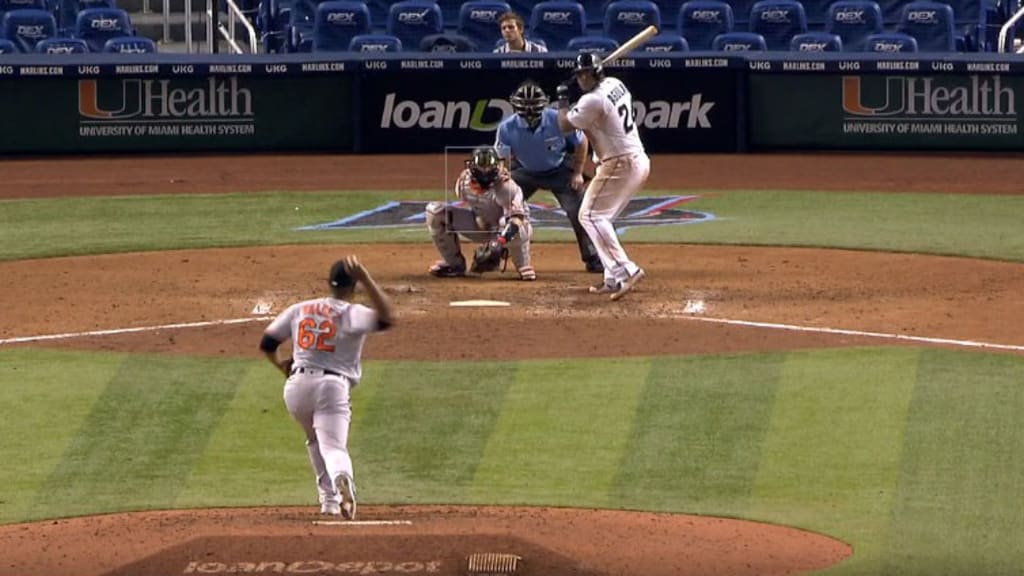
The different velocities:
"Hard": 78 to 80.1 mph
Valdez¡¯s real genius isn¡¯t his ability to manipulate the baseball and his delivery. It¡¯s his ability to throw every version of his changeup with equal effect, so hitters can¡¯t sit on any particular one. He does that in part by adding and subtracting velocity and by not favoring any single speed; as a result, his differences in delivery or arm slot don¡¯t telegraph anything specific. Hitters know a changeup is coming, so Valdez isn¡¯t tipping. And he throws the different versions with little discernible pattern.
For example: He throws three-quarters 45% of the time and sidearm 55%, roughly an even split. His velocity splits are even more balanced. Entering Tuesday, 64 of Valdez¡¯s 120 changeups (53%) could be classified as ¡°hard,¡± with 56 (47%) ¡°soft.¡± He tends to throw the harder change more when he's ahead in the count (58% hard) and with the bases empty, and much more (73%) with two strikes.
Video example: Watch
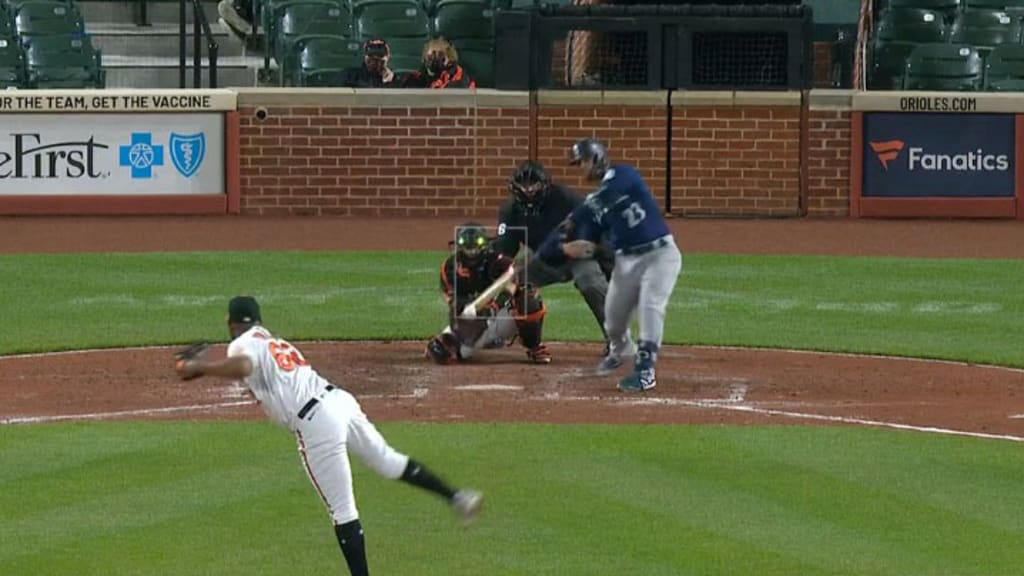
"Soft": 76 to 78 mph
This is the version Valdez turns to when he¡¯s in trouble, lacking the platoon advantage, or looking to miss bats. With runners on base, 60% of his changeups are ¡°soft.¡± Valdez also throws more ¡°soft¡± changeups to lefties, who so far have hit him slightly better (.214/.267/.214) than righties (.192/.222/.231).
¡°It¡¯s kind of an illusion,¡± Hyers told FanGraphs. ¡°You have to wait one tick longer in the contact point to get your swing off. It¡¯s been helpful for us to face him, but it¡¯s definitely very unique and challenging for hitters to face a guy like that.¡±
Video example: Watch
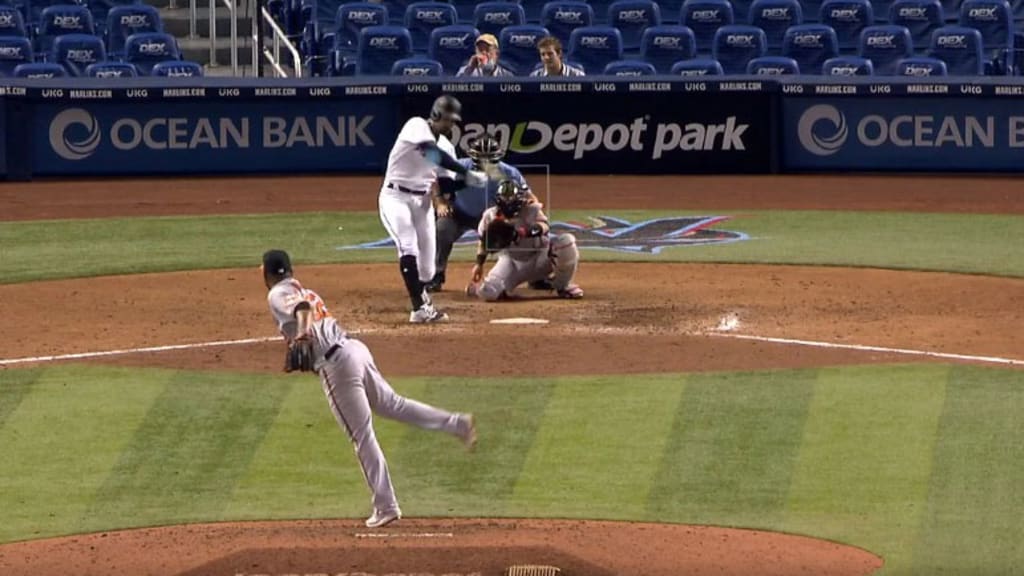
The different movement:
Vertical: Let¡¯s start by simply explaining how much Valdez¡¯s changeup drops: 6.2 inches more than average, tied for seventh best in the Majors. He also ranks second in overall vertical drop, in part because of his low velocity (slower pitches take longer to drop; it¡¯s just physics). But that¡¯s taking all of his changeups in the aggregate without saying much about any individual pitch, since the whole point is that Valdez can make one pitch behave like multiple.
More telling is the roughly one-foot range of vertical movement his changeups achieve, based on their grip, speed and release point. Some hardly drop at all, functioning as surprise, slow fastballs he uses to get called strikes. Others drop more than 12 inches. The nastiest register at the top of that range, like the 10.8-inch-induced dropper to Rangers catcher Jose Trevino below.
Video example: Watch
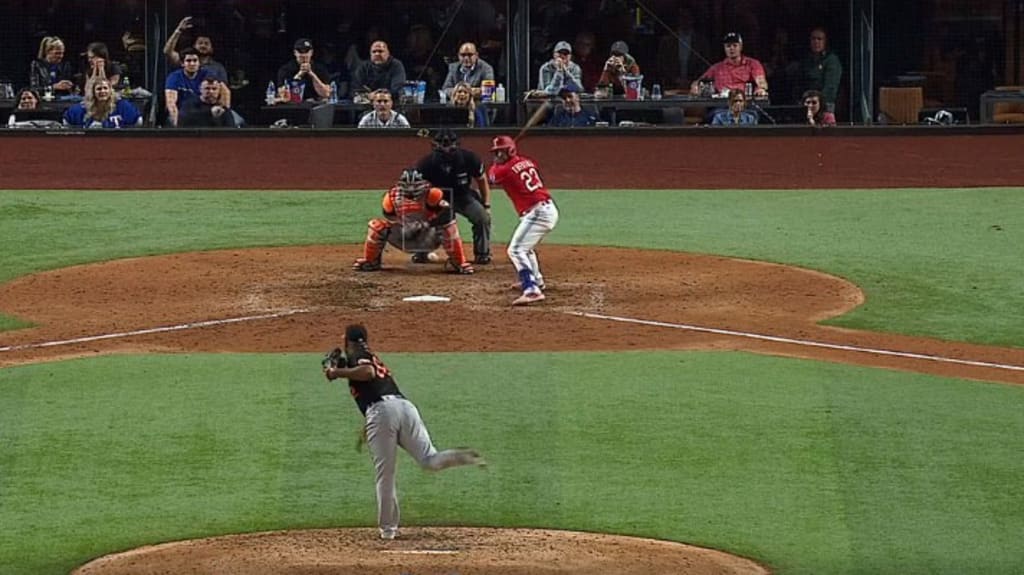
Horizontal: That range grows considerably when Valdez wants to work east to west. He can sweep The Dead Fish, he can cut it and he can make it dive arm-side like a screwball, fluctuating the pitch between a 10-inch range in both directions. The shallowest cuts between 5-6 inches; the deepest darts between 14-15 inches and usually off the plate.
Video example: Watch
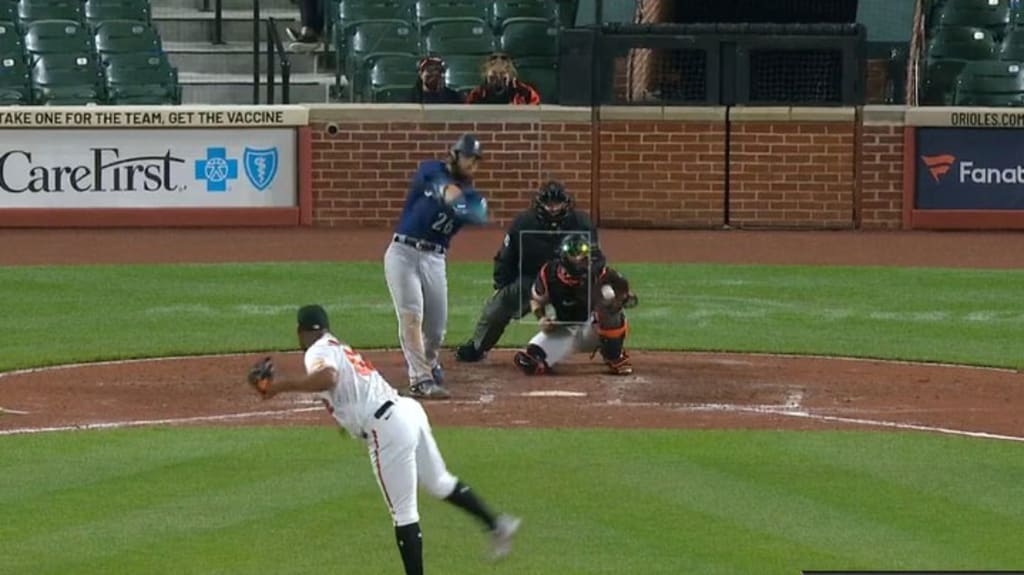
¡°I think originally [when I was called up], there was a lot of doubt,¡± Valdez said. ¡°Because of my age, because I don¡¯t throw as hard as X, Y or Z. How am I going to be able to compete because I don¡¯t throw this hard or have this fastball? But I think with time, that reaction has changed a little bit.¡±
Said Orioles first baseman Trey Mancini: ¡°I love every time I see him coming in from the bullpen, and I love playing behind him. He¡¯s not your conventional closer, but that doesn¡¯t matter at all. All that goes out the window when you get results, and he makes a lot of guys look pretty silly up there sometimes.¡±


